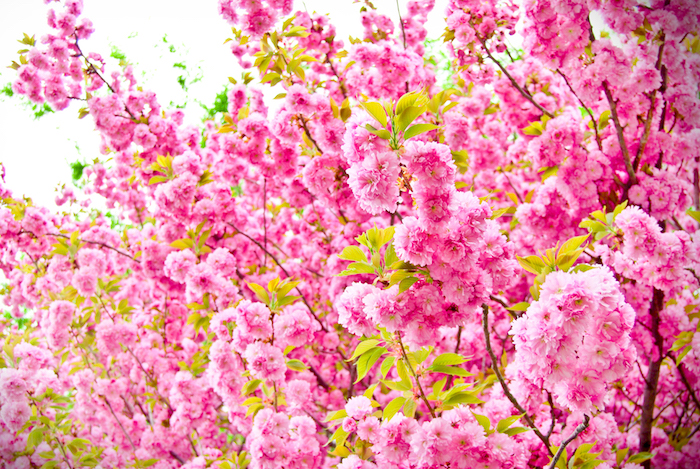View from the Garden: The Expert Care and Keeping of Trees

Living in the Hamptons means living among the trees. A few years ago I was hired as head gardener at a property in East Hampton. The lane in front of the house was lined with old Kwanzan cherries, multi-trunked and close to the ground with large canopies. When these trees bloom, they are like huge pink clouds sitting on the landscape; and when the petals fall they look like pink snow. Because of their age and variety, they are irreplaceable.
When I started the job, the soil under the trees had been highly compacted by construction vehicles, which had been performing renovations on the property for more than a year. The trees were suffering and showed signs of declining vitality.
During the years I worked there, they were cared for by an excellent, and very knowledgeable, local tree care company. Excellence is not cheap, but the owner of these trees recognized their value and committed to a program with no guarantees, that would try to save the trees and restore their beauty.
The plan was to enable new growth to form under the present canopy and to eventually replace the existing, damaged canopy. An organic, deep root fertilizing was completed and the progress of new growth was closely monitored and pruned with great care.
Under the knowledgeable and loving attention, these wounded trees began to show signs of returning. The new canopy was, indeed, forming under the old one and its growth looked vigorous. It looked like the experiment might work.
The property was put on the market and I ceased working there. The landscape was not tended to for two years. The new owners hired me to work there again, taking care of the flower gardens. A tree care company was hired primarily based on costs. This company did not understand the program for the cherry trees, which are, once again, in severe decline. They will die and be replaced, but not, most likely, with any tree as grand and lovely as these.
I realize many people would understand cutting down these old trees and replacing them with newer, younger trees—which will require little regular attention—might be the best thing to do. But, in my opinion, nothing can replace the grace and beauty of these unique trees. Lanes and streets lined with new trees are completely unremarkable compared to a line of old beauties, their canopies gently shading the passersby.
Preserving and caring for older trees requires an awareness of their value and a commitment to their care. This often requires more money than replacement with new trees. Mature trees add beauty, visual richness, gravitas and presence to the landscape. They frame it and hold it as no youngster can. They create and define space for other plants. They give us a place in the landscape that can be comforting and reflect our place in nature. They also add monetary value to the property.
New decisions regarding the landscape often occur when properties change hands. Considerations are given to the house and possible changes, but the care and maintenance of the landscape are put low on the list. But just like the interior of the house, a professional might be needed to appraise the landscape—especially the trees. They might be specimens. They might be sick and need care, or very healthy and need minimal care. No matter what, they should be considered an important aspect of the property. So choose your professionals carefully. Not every tree company is knowledgeable just because they say so and have some trucks with their name on them.
Jeanelle Myers is a professional gardener, landscaper and consultant. For gardening discussion you can call her at 631-434-5067. jeanellemyersfinegardening.com



